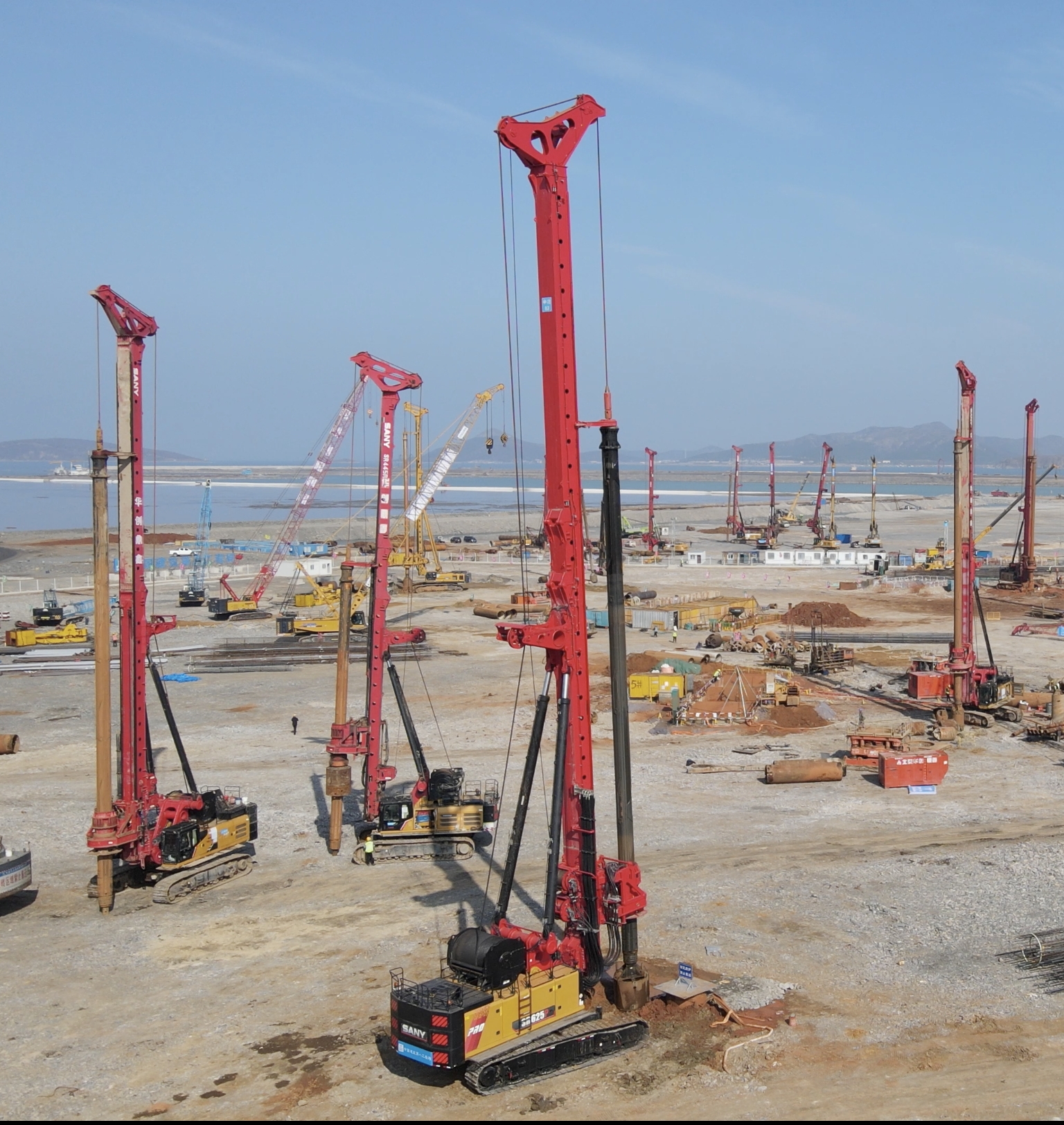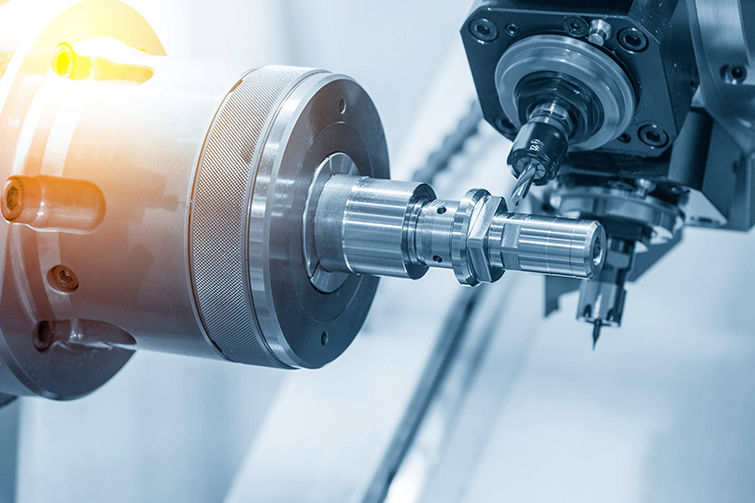

Maximizing Efficiency in High-Speed Drilling: A Technical and Commercial Perspective

Understanding High-Speed Drilling
High-speed drilling is a process that involves rotating a drill bit at significantly higher speeds than conventional drilling, allowing for faster material removal rates and improved surface finish. The key to its efficiency lies in the precise control of spindle speeds and feed rates, which must be optimized for the material being drilled.
Technical Parameters and Their Impact
Several parameters define the effectiveness of high-speed drilling, including spindle speed (RPM), feed rate (mm/rev), and the type of drill bit used. For instance, drilling in aluminum may require speeds up to 15,000 RPM, while harder materials like steel may need adjustments to prevent tool wear. The choice of coolant also plays a critical role in extending tool life and ensuring quality.
Commercial Advantages of High-Speed Drilling
From a commercial standpoint, high-speed drilling offers significant time and cost savings. By reducing cycle times, manufacturers can increase throughput without compromising quality. This efficiency translates into lower operational costs and higher profitability, making it an attractive option for competitive industries.
Implementing High-Speed Drilling in Your Operations
Adopting high-speed drilling requires an initial investment in high-quality equipment and training. However, the long-term benefits, including reduced production times and enhanced product quality, justify the upfront costs. It's essential to partner with experienced suppliers to select the right machinery and tooling for your specific needs.
Frequently Asked Questions
What materials are best suited for high-speed drilling?High-speed drilling is versatile and can be applied to a wide range of materials, including metals, plastics, and composites. However, the optimal parameters vary significantly depending on the material's hardness and thermal properties.
How does high-speed drilling compare to traditional drilling methods?High-speed drilling outperforms traditional methods in terms of speed, precision, and surface finish. It also reduces the likelihood of work hardening and other material defects, making it superior for high-precision applications.
What are the main challenges of high-speed drilling?The primary challenges include managing heat generation and tool wear, which require careful selection of cutting parameters and coolants. Additionally, the initial setup costs can be higher than conventional drilling, though the ROI is favorable in the long run.








